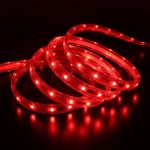LED Light Lifespan: How Long Does It Really Last?
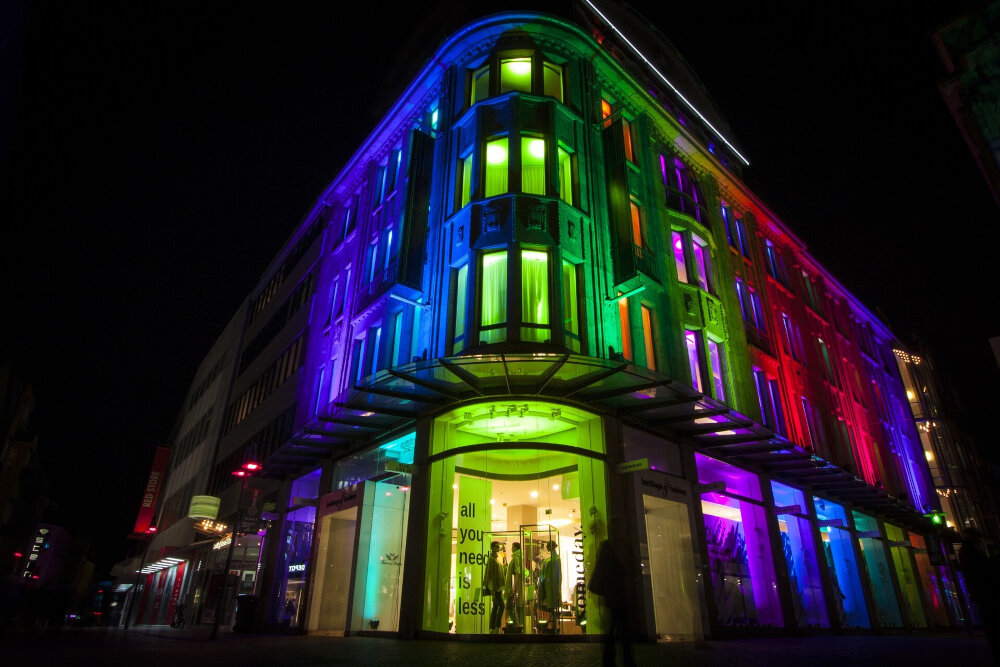
LED lights have become increasingly popular over the years due to their energy efficiency and long-lasting capabilities. They can be found in various settings, from homes to offices and even outdoor spaces. However, one question that often arises when it comes to LED lights is how long do they really last? Understanding the lifespan of LED lights is crucial for making informed decisions when purchasing and installing them. The longevity of LED lights is influenced by several factors, including the quality of the LED, the operating environment, and the frequency of use. It is important to note that the lifespan of LED lights is significantly longer than traditional incandescent bulbs or other types of lighting technology. In this article, we will explore the different factors that impact the lifespan of LED lights and provide insights into how long you can expect your LED lights to last. Whether you are a homeowner, business owner, or simply curious about LED lights, this article will provide valuable information on LED light lifespan.
LED technology, or Light Emitting Diode technology, is a highly efficient way of producing light by using a semiconductor to convert electricity into light. Unlike traditional incandescent bulbs, LEDs do not rely on a filament and do not produce heat as a byproduct. Instead, they produce a narrow band of light that can be customized to produce different colors and brightness levels. The lifespan of an LED bulb is significantly longer than that of a traditional bulb, as LEDs do not burn out in the same way. Instead, their brightness slowly fades over time. This technology has revolutionized the lighting industry and is now widely used in homes, businesses, and outdoor lighting applications due to their energy efficiency and long-lasting qualities.
The lifespan of LED lights is of utmost importance when it comes to making an informed purchase decision. It is a crucial factor that determines the longevity of the product, the frequency of replacements, and ultimately, the cost-effectiveness of the investment. The LED lights are designed to last longer than other traditional lighting sources, such as incandescent or fluorescent lights, but the quality of the product and usage play a significant role in determining the actual lifespan. Therefore, it is essential to look for high-quality LED lights with a longer lifespan that can withstand frequent usage and environmental factors, such as temperature fluctuations, humidity, and voltage fluctuations, to ensure optimal performance and value for money.
Factors Affecting LED Light Lifespan
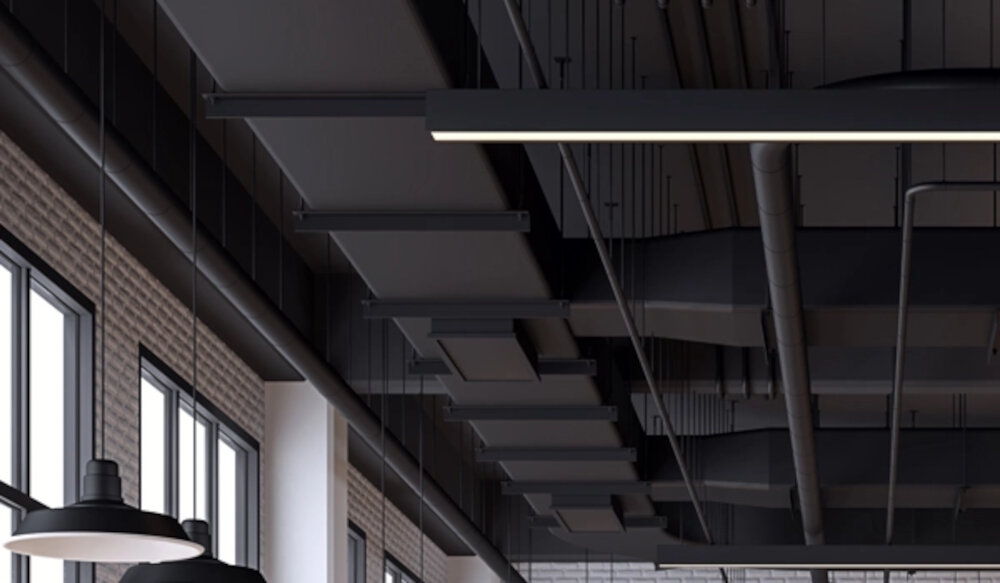
The lifespan of LED lights is an essential factor to consider when it comes to purchasing and installing lights. Several factors affect the lifespan of LED lights. First and foremost, the quality of the LED chip plays a vital role in determining the lifespan of the LED light. High-quality LED chips tend to last longer than low-quality LED chips. LEDs that are manufactured with high-quality materials and better design tend to have a more extended lifespan than those designed with inferior materials. Furthermore, the type of LED driver used also affects the lifespan of the LED light. Drivers that are of high quality and well designed tend to prolong the lifespan of the LED light, whereas those of inferior quality tend to shorten the lifespan. Secondly, the operating conditions of the LED light are also vital in determining its lifespan. Factors such as temperature, humidity, and voltage can all affect how long an LED light lasts. LED lights tend to have a shorter lifespan if they are exposed to high temperatures or are installed in areas with high humidity. Additionally, LED lights that are subjected to voltage fluctuations tend to have a shorter lifespan than those that are not. It is, therefore, essential to ensure that LED lights are installed in areas that have optimal operating conditions to prolong their lifespan. In conclusion, the lifespan of LED lights is affected by several factors, including the quality of the LED chip and driver, as well as the operating conditions under which the LED light is installed. By considering these factors, one can ensure that they purchase and install LED lights that will last for a long time.
The quality of materials used in LED lights plays a critical role in determining their lifespan. High-quality materials such as advanced thermal management systems, high-grade circuit boards, and UV-resistant plastics are essential for ensuring that LED lights can withstand the harsh environment they are often subjected to. Additionally, the use of high-quality materials can prevent premature failure due to issues such as overheating, moisture, and corrosion. Therefore, when purchasing LED lights, it is important to choose products that use top-quality materials to ensure a longer lifespan and optimal performance.
Operating temperature is a crucial factor in determining the lifespan of LED lights. It refers to the range of temperatures within which the LED light operates effectively and efficiently. LED lights are sensitive to temperature changes, and excessive heat or cold can cause a significant reduction in their performance and longevity. The ideal operating temperature for LED lights is between -20°C to 45°C. At temperatures above or below this range, the LED lights may experience issues like color shift, reduced brightness, and even failure. Therefore, it is essential to ensure that LED lights are installed and operated within their recommended temperature range to maximize their lifespan and performance.
The frequency of use is a significant factor that determines the lifespan of an LED light. LED lights are designed to operate for a certain number of hours, and the more frequently they are used, the more quickly they will reach the end of their life. For instance, if an LED light bulb is used for 24 hours a day, seven days a week, it will reach the end of its life much sooner than an LED bulb that is used for only a few hours each day. It is essential to consider the frequency of use when purchasing LED lights to ensure that they last as long as possible. Additionally, turning off LED lights when not in use can significantly extend their lifespan.
Environmental conditions play a crucial role in determining the lifespan of an LED light. Factors such as temperature, humidity, and air quality can greatly affect the performance of the LED light. High temperatures can cause the LED light to degrade faster, while excessive humidity can lead to the formation of condensation, which can cause damage to the LED light. Similarly, poor air quality can lead to the accumulation of dust and debris, which can clog the LED light’s cooling system and reduce its lifespan. Therefore, it is important to ensure that the LED light is installed in an environment that is conducive to its optimal performance and longevity.
How Long Do LED Lights Really Last?
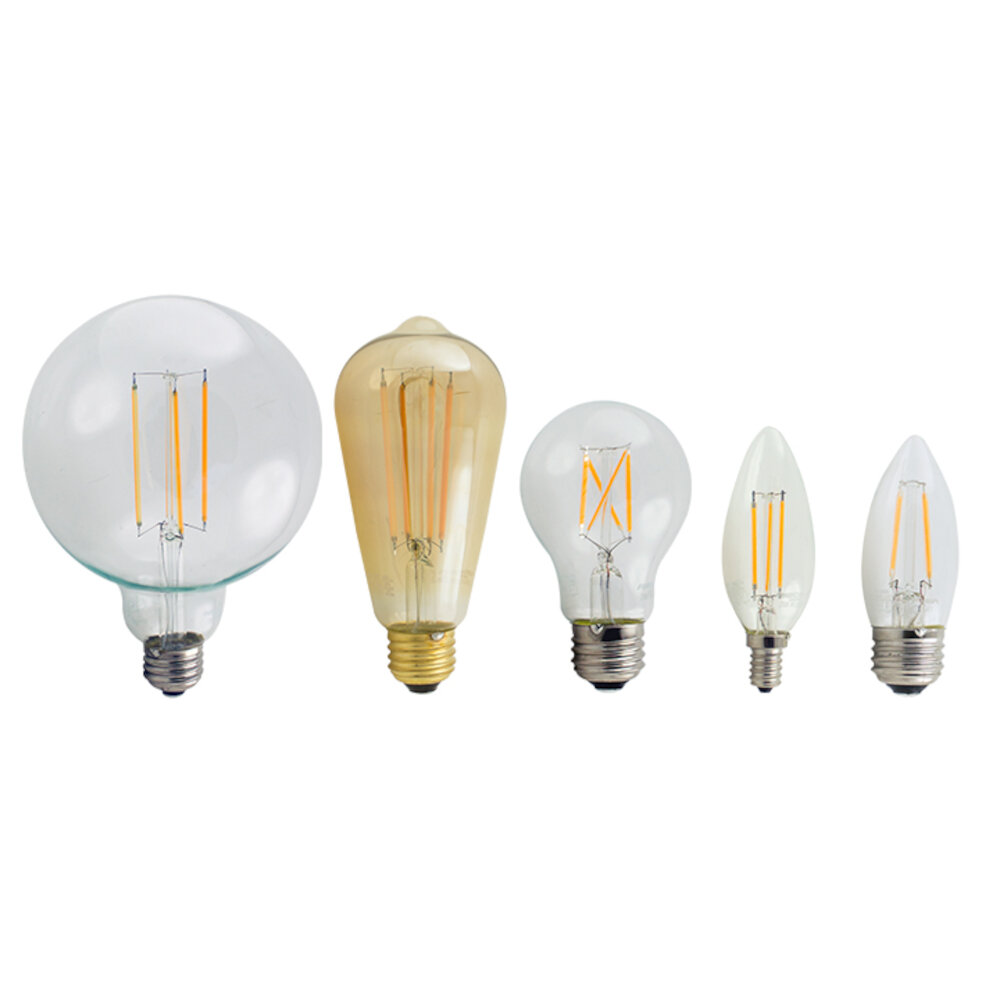
LED lights have become increasingly popular in recent years due to their energy efficiency and longevity. But just how long do LED lights really last? The answer to that question depends on a variety of factors, including the quality of the LED and how often it is used. However, on average, LED lights can last up to 50,000 hours or more, which is significantly longer than traditional incandescent bulbs or even compact fluorescent bulbs. Another factor that can affect the lifespan of an LED light is its operating temperature. LED lights that are used in hot environments or exposed to direct sunlight may experience a shorter lifespan than those used in cooler environments. Additionally, LED lights that are not properly installed or maintained may also experience a shorter lifespan. Overall, LED lights are a great investment for those looking for a long-lasting and energy-efficient lighting solution.
Lifespan ratings refer to the estimated time that an LED light can operate before it reaches its end of life. This rating is typically measured in hours and can vary greatly depending on the quality and design of the LED, as well as the conditions in which it is used. The lifespan of an LED can be affected by factors such as temperature, humidity, and voltage fluctuations, so it is important to choose a high-quality LED and to use it in an appropriate setting. The lifespan rating of an LED is an important consideration when selecting lighting for a home or business, as it can impact both the performance and cost-effectiveness of the product. By understanding lifespan ratings and selecting high-quality LEDs, individuals can ensure that they are making a wise investment in long-lasting and energy-efficient lighting.
Real-world lifespan tests are essential to determine the actual duration of an LED light’s lifespan. These tests involve subjecting the LED light to various conditions that mimic its intended use, such as temperature fluctuations, humidity, and voltage fluctuations. The tests typically run for thousands of hours, with the results indicating the expected lifespan of the LED light. With real-world lifespan tests, manufacturers can confidently provide customers with accurate information on the expected lifespan of their LED lights, allowing them to make informed purchasing decisions based on the actual performance of the product. It is important to note that while LED lights have a longer lifespan compared to traditional lighting options, the actual lifespan may vary depending on various factors, including usage patterns and environmental conditions.
LED lights are known for their long lifespan, which can range from 25,000 to 50,000 hours. There are many examples of LED lights that can last for years without needing to be replaced. For instance, Philips LED bulbs have a lifespan of up to 25,000 hours, which means that they can last for over 20 years if used for 3 hours a day. Similarly, Cree LED bulbs have a lifespan of up to 50,000 hours, making them ideal for use in commercial and industrial settings where lighting is required 24/7. Other examples of LED lights with long lifespans include Osram LED bulbs, GE LED bulbs, and Sylvania LED bulbs, all of which have been designed to last for many years with minimal maintenance. With the increasing popularity of LED lighting, it is no surprise that manufacturers are constantly working on improving the lifespan of their products, making LED lights a cost-effective and eco-friendly choice for any lighting need.
Maximizing LED Light Lifespan
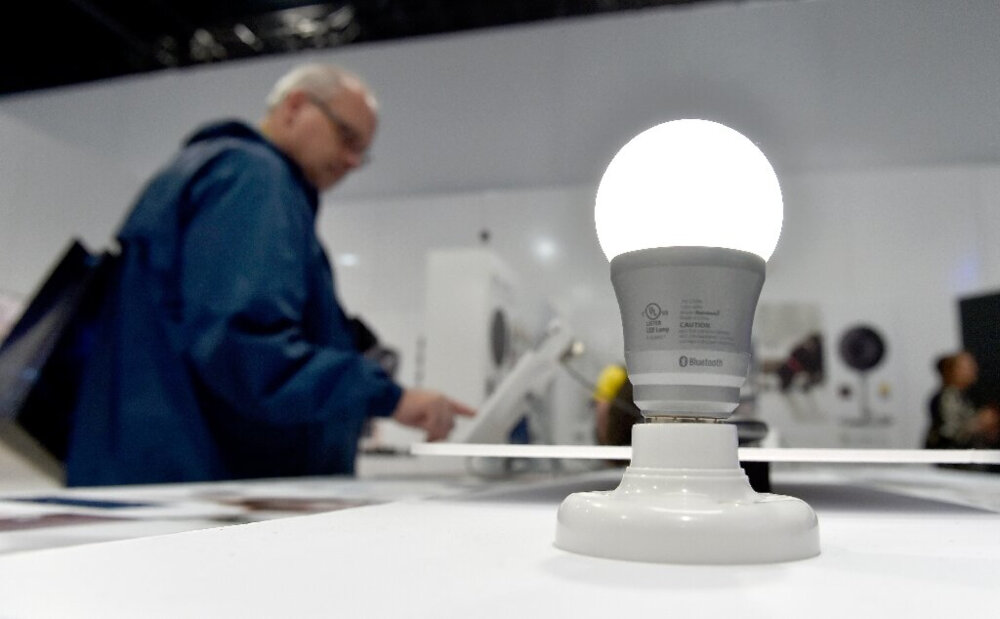
LED lights are quickly becoming the go-to lighting solution for a range of applications, from home lighting to commercial and outdoor lighting. One of the primary benefits of LED lights is their long lifespan, which can range from 25,000 to 50,000 hours or more. However, there are a few things you can do to maximize the lifespan of your LED lights even further. One of the most important things you can do to extend the lifespan of your LED lights is to choose high-quality products from reputable manufacturers. Cheaper, lower-quality LEDs may be more affordable upfront, but they often have a shorter lifespan and may fail prematurely. Additionally, it’s important to choose the right LED for your application. LEDs that are designed for outdoor use, for example, will be more durable and better able to withstand harsh weather conditions than those designed for indoor use. Finally, be sure to follow the manufacturer’s instructions for installation and use, and avoid subjecting your LED lights to excessive heat or moisture, which can shorten their lifespan.
When selecting high-quality LED lights, there are several factors to consider. First, look for lights that are Energy Star rated and have a high Color Rendering Index (CRI). This ensures that the lights are energy efficient and produce a high-quality, natural-looking light. Additionally, check the LED chip brand and the driver quality to ensure they are high-quality components. Look for lights with a long lifespan, as this will save you money in the long run. Finally, consider the warranty offered by the manufacturer, as this can provide added peace of mind and protection against defects. By taking these factors into account, you can select LED lights that will provide long-lasting, high-quality performance.
Proper installation and usage play a significant role in the lifespan of LED lights. It is important to follow the manufacturer’s instructions for installation to avoid any damage to the LED chips or circuitry. Additionally, using LED lights for their intended purpose is crucial for their longevity. Overdriving, overheating, or subjecting LEDs to extreme temperatures, such as placing them near a heat source, can significantly reduce their lifespan. Regular cleaning and maintenance can also help to extend their lifespan. By taking these simple steps, LED lights can provide many years of efficient and reliable illumination.
Maintenance and cleaning play a significant role in extending the lifespan of LED lights. Accumulated dirt and dust on the surface of LED lights can reduce their efficiency, and it can also cause overheating, which leads to decreased lifespan. Therefore, it’s essential to clean the LED lights regularly to maintain their optimal performance. To clean the LED lights, use a soft and dry cloth to wipe their surfaces. Avoid using water or any cleaning agents that contain chemicals as they can damage the LED lights. Additionally, it’s crucial to check the electrical connections and ensure that they’re free from debris and corrosion. By conducting regular maintenance and cleaning, you can keep your LED lights shining brightly for an extended period.
The lifespan of LED lights is determined by several factors, including the quality of manufacturing, usage patterns, and environmental conditions. It is important to choose LEDs with a high-quality build and to avoid exposing them to excessive heat, moisture, or vibration. Proper installation and maintenance can also extend the lifespan of LED lights. While LED lights generally have a longer lifespan than traditional lighting options, it is important to consider the specific product and usage before making a purchase. By taking care of your LED lights and choosing wisely, you can enjoy their energy efficiency and longevity for years to come.
In conclusion, the lifespan of LED lights is far superior to traditional lighting technologies, such as incandescent or fluorescent. The advancement in LED technology has allowed for longer-lasting and energy-efficient lighting solutions. However, it is important to note that the lifespan of LED lights can be affected by external factors, such as heat and humidity. Therefore, it is crucial to choose high-quality LED lights and ensure proper installation and maintenance to maximize their lifespan. With proper care, LED lights can last up to 50,000 hours or more, providing a cost-effective and sustainable lighting solution for homes and businesses alike.
Conclusion
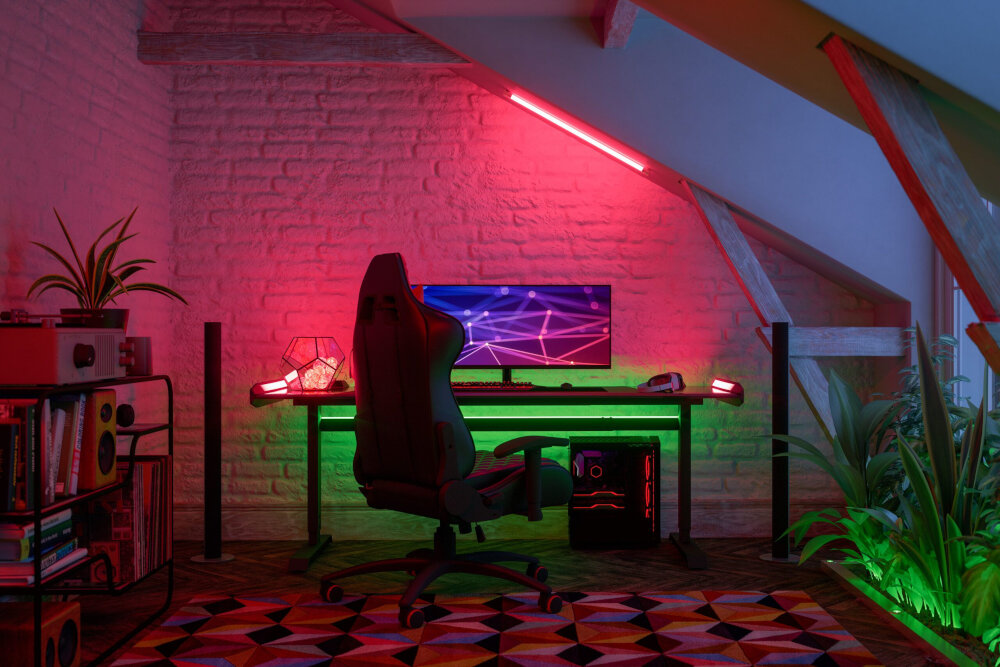
In conclusion, the lifespan of LED lights is a topic of great interest, especially for those who want to make informed decisions about their lighting choices. While it is true that LED lights have a longer lifespan compared to traditional incandescent bulbs, there are several factors that can affect their longevity. These factors include the quality of the LED bulb, the frequency of use, and the environment in which the bulb is placed. However, with proper maintenance and care, LED lights can last for up to 50,000 hours or more, making them a cost-effective and environmentally friendly lighting option. As technology continues to advance, we can expect LED lights to become even more efficient and durable in the future.




